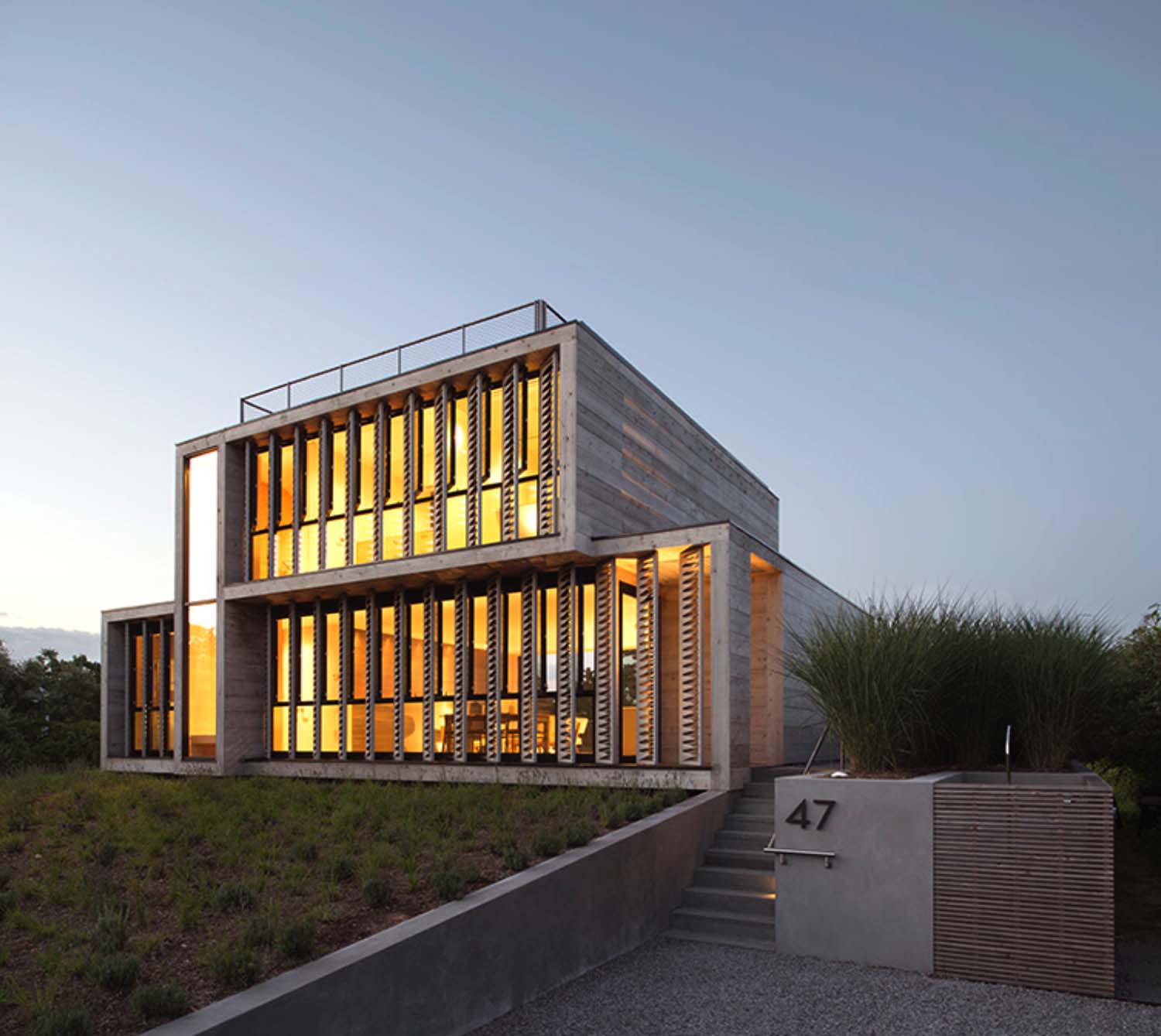
Designed by Bates Masi Architects, this 1,725 square foot contemporary summer house is nestled amongst rolling dunes, near the Atlantic Ocean in Amagansett, New York. The clients requested that their home, which was built in a development of modest cottages, be spacious enough to accommodate their family. The property backs up to a preserve, where the trees and the dunes get continuous coastal breezes. The architects orientated the house onto the site to take advantage of these breezes for natural ventilation. The front of the house faces the street, soaking in the afternoon sun and the prevailing winds. The exterior facade on both the east and west are comprised of operable glass with small adjustable openings towards the westerly winds and expansive openings to the east.
According to the architects, these differences in openings “creates a pressure differential across the house that promotes natural ventilation.” To the east, expansive doors spills out onto decks that overlook the dunes, while the west features canvas louvers that face towards the southwest to bring in fresh summer breezes. This positioning of the louvers also helps to filter in the late afternoon sunshine during the winter season while at the same time blocking the glare of the sun during the warm summer months. Additionally, the louvers help to create privacy for the homeowners from the street level.
As you can see from the image above, each of the louvers has been cut from one piece of canvas into a form with tapered strips on one edge. The canvas is then wrapped around a frame with the tapered strips twisted to increase their transparency on the southwest edge. During the day, the canvas pattern casts speckled patterns of light throughout the interiors, while the nighttime provides a different view of an intricate woven lantern when viewed from outside. The louvers help to create a passive ventilation system, which helps to keep this contemporary summer house cool. As an added bonus, the louvers also draw in the scent of a fragrant garden (through every room) that has been planted next to the house. This became necessary due to a raised septic system installed at the front of the property, required by flood zone restrictions. A field of lavender was planting around the system to conceal it.
RELATED: Innovative architecture reduces neighboring noise in Amagansett
What We Love: The architecture of this family summer house features a design that is not based on aesthetics like most homes, but rather on environmental factors. This unique design process has created an interesting form that is functional and creates simple living for the homeowners who can enjoy this home and its surroundings with ease while they are on vacation. What are your thoughts, do you like the design of this contemporary summer house?
RELATED: Distinctive Northwest Harbor House with sustainable elements
RELATED: Stunning contemporary vacation retreat in Water Mill
Photos: Bates Masi Architects

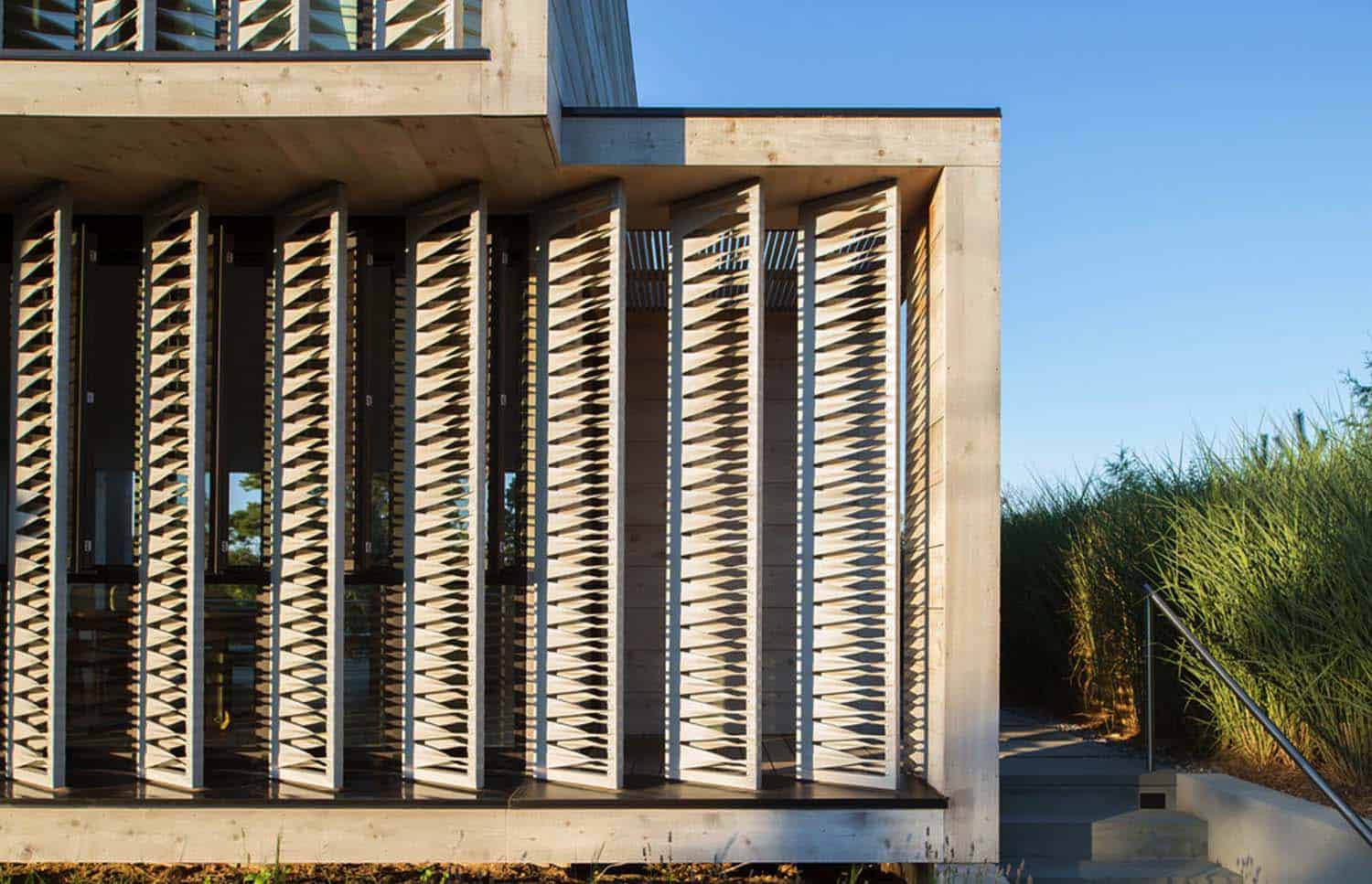
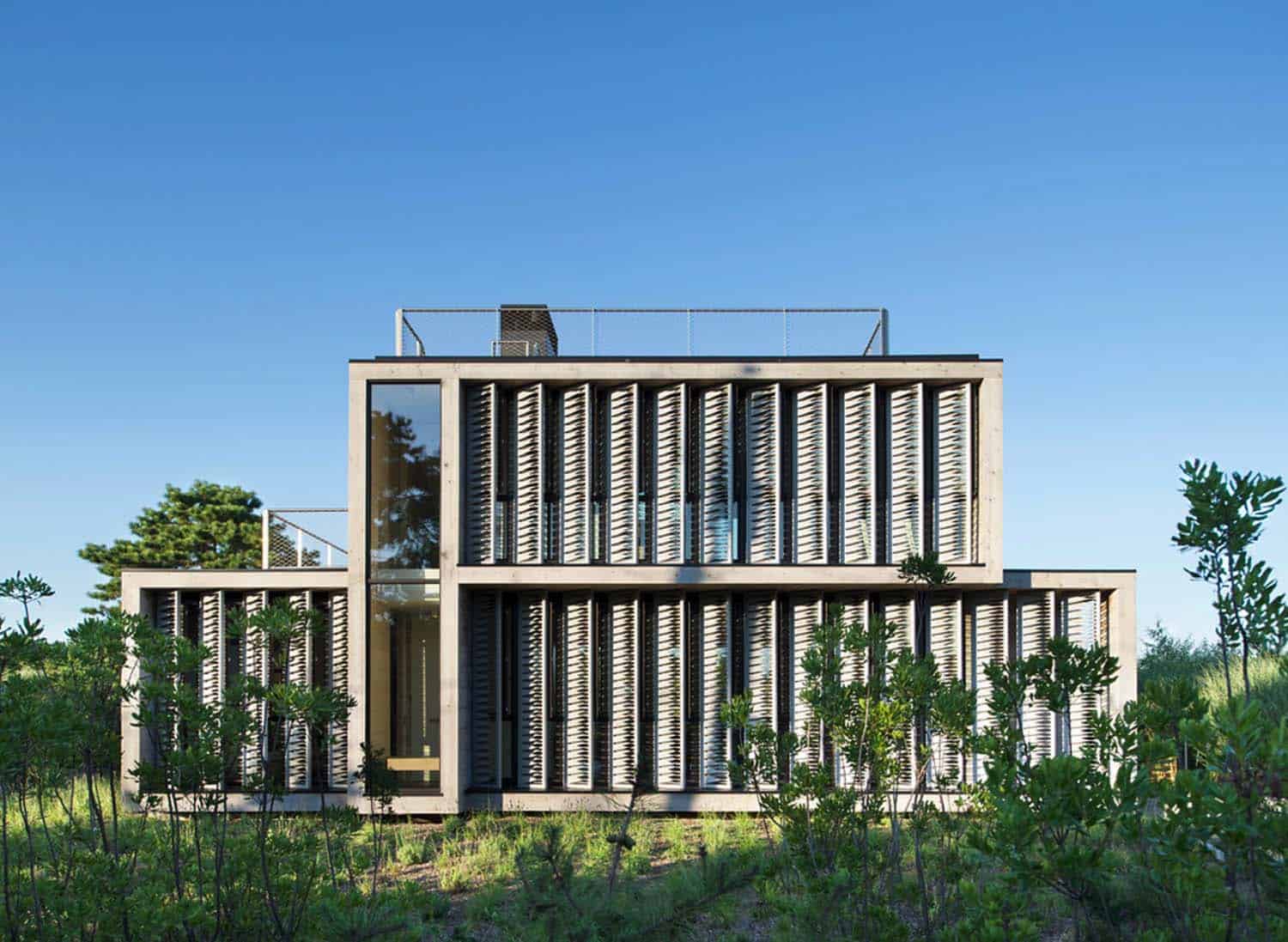

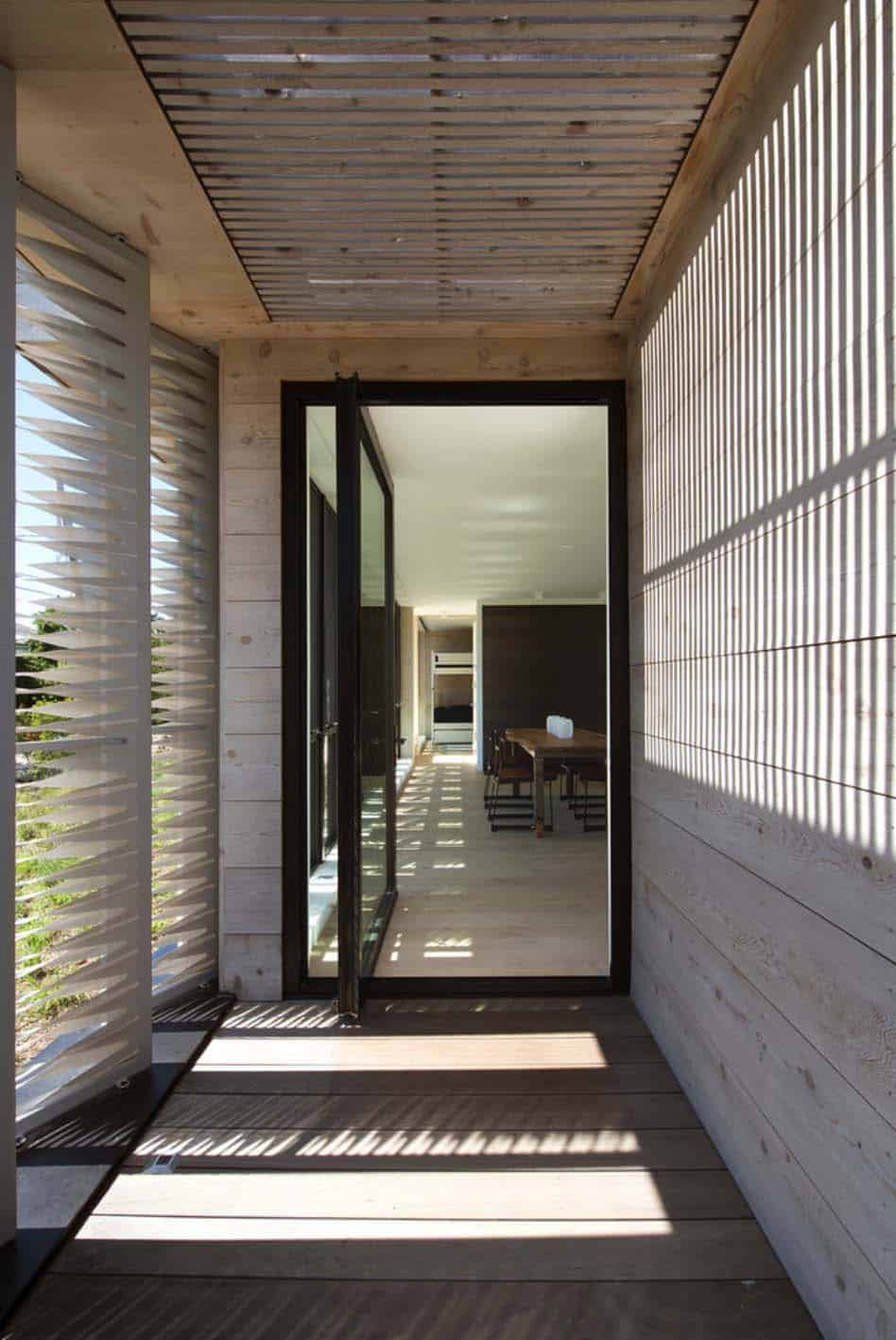
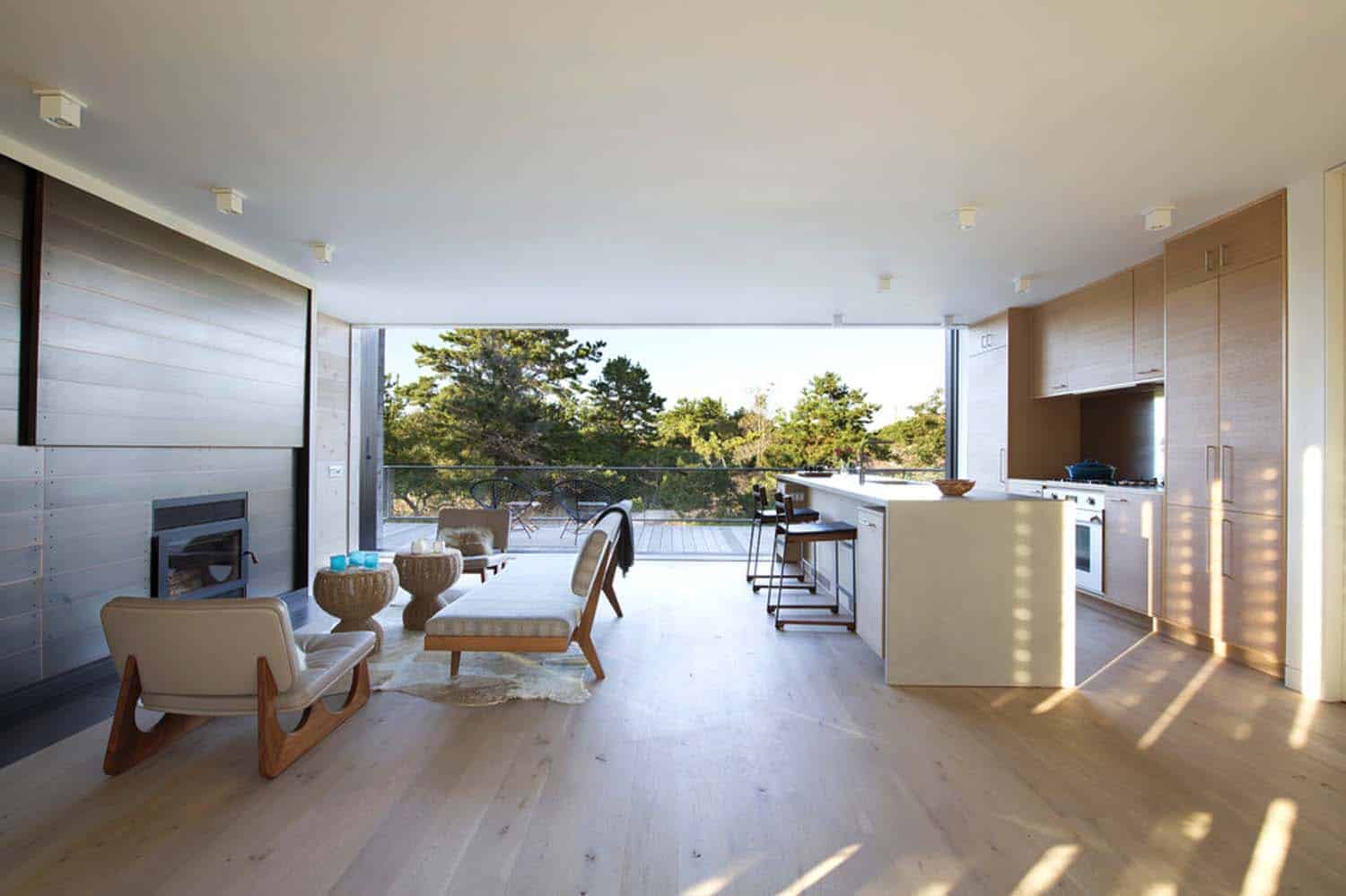
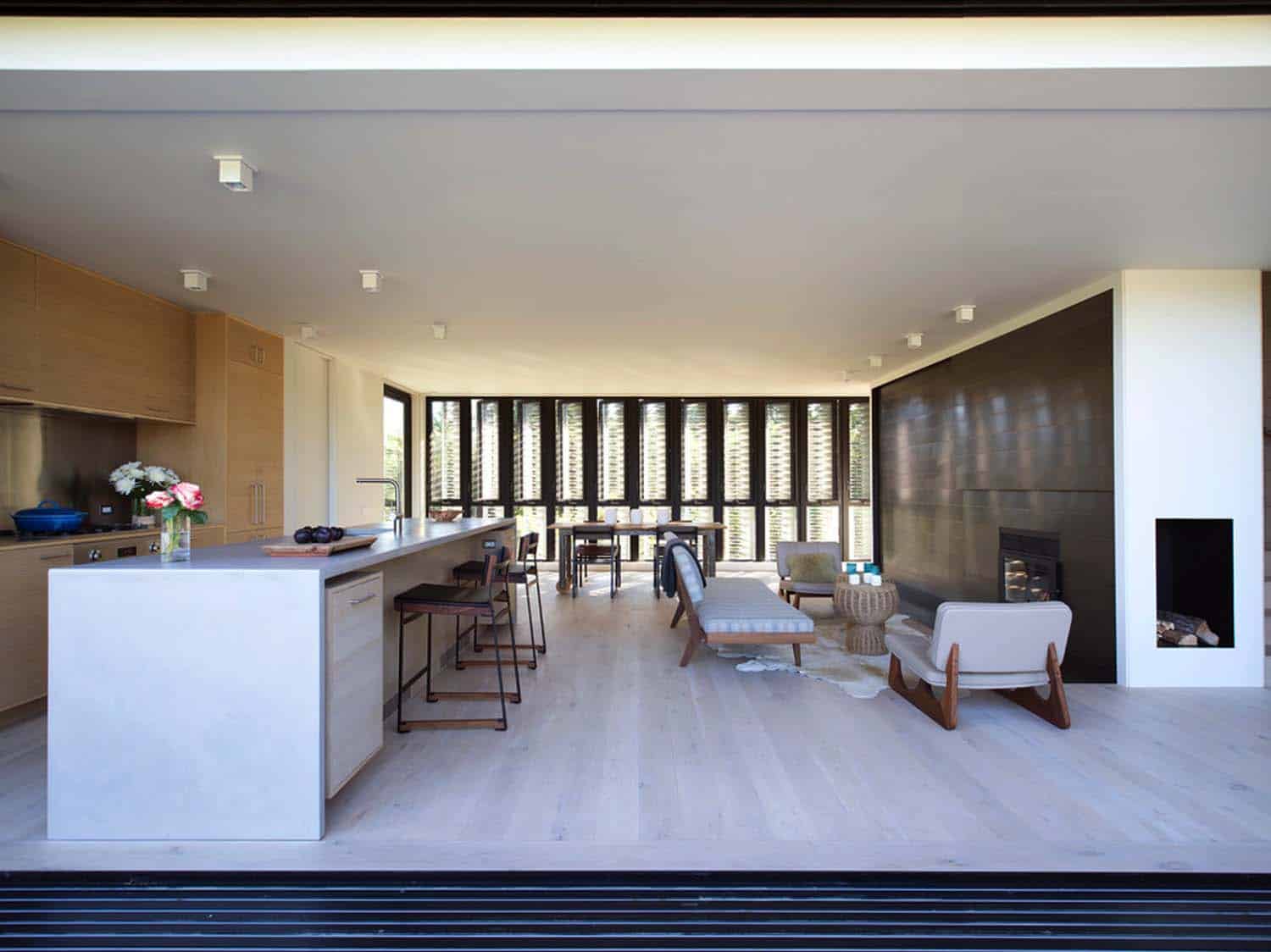
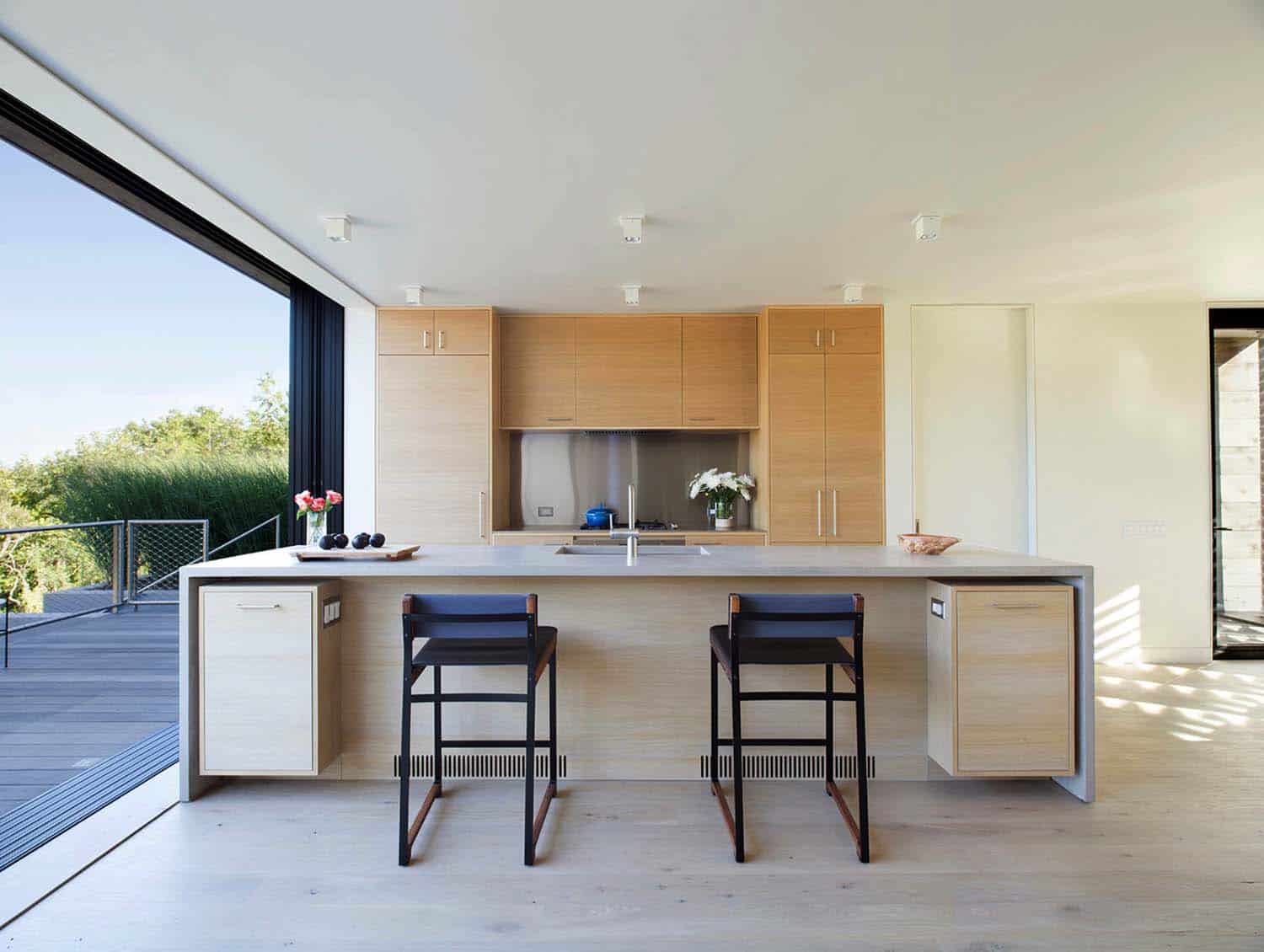
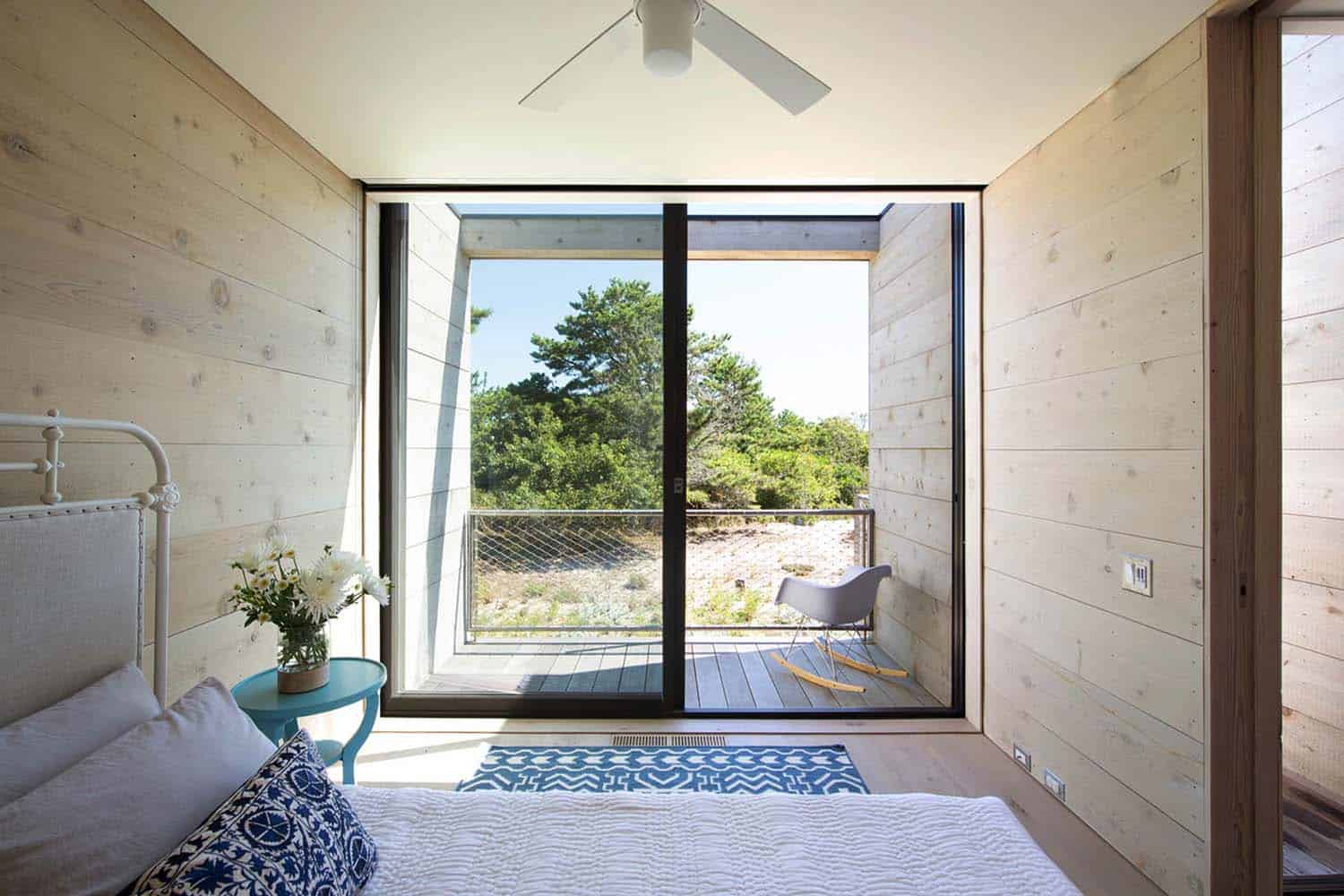

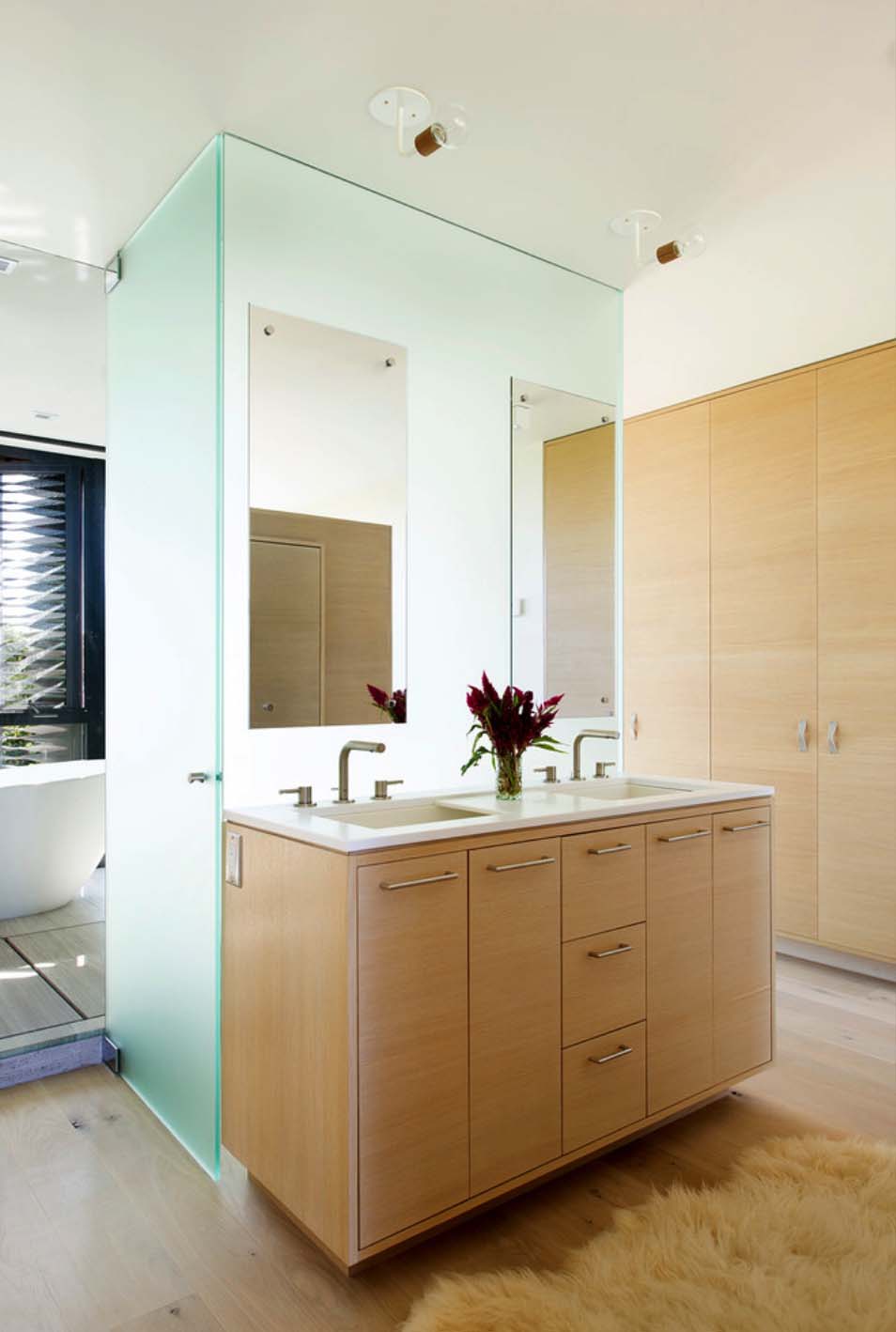
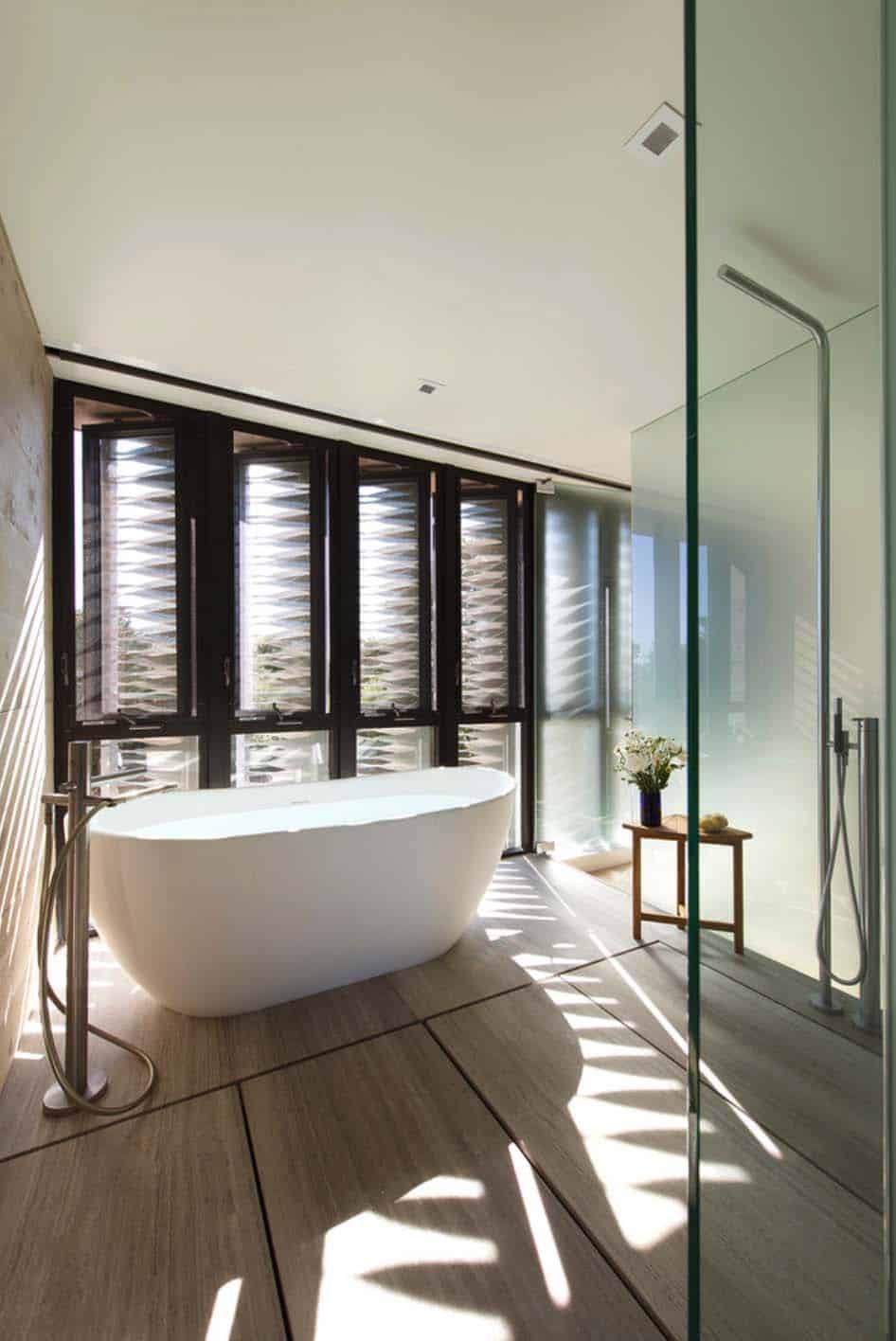
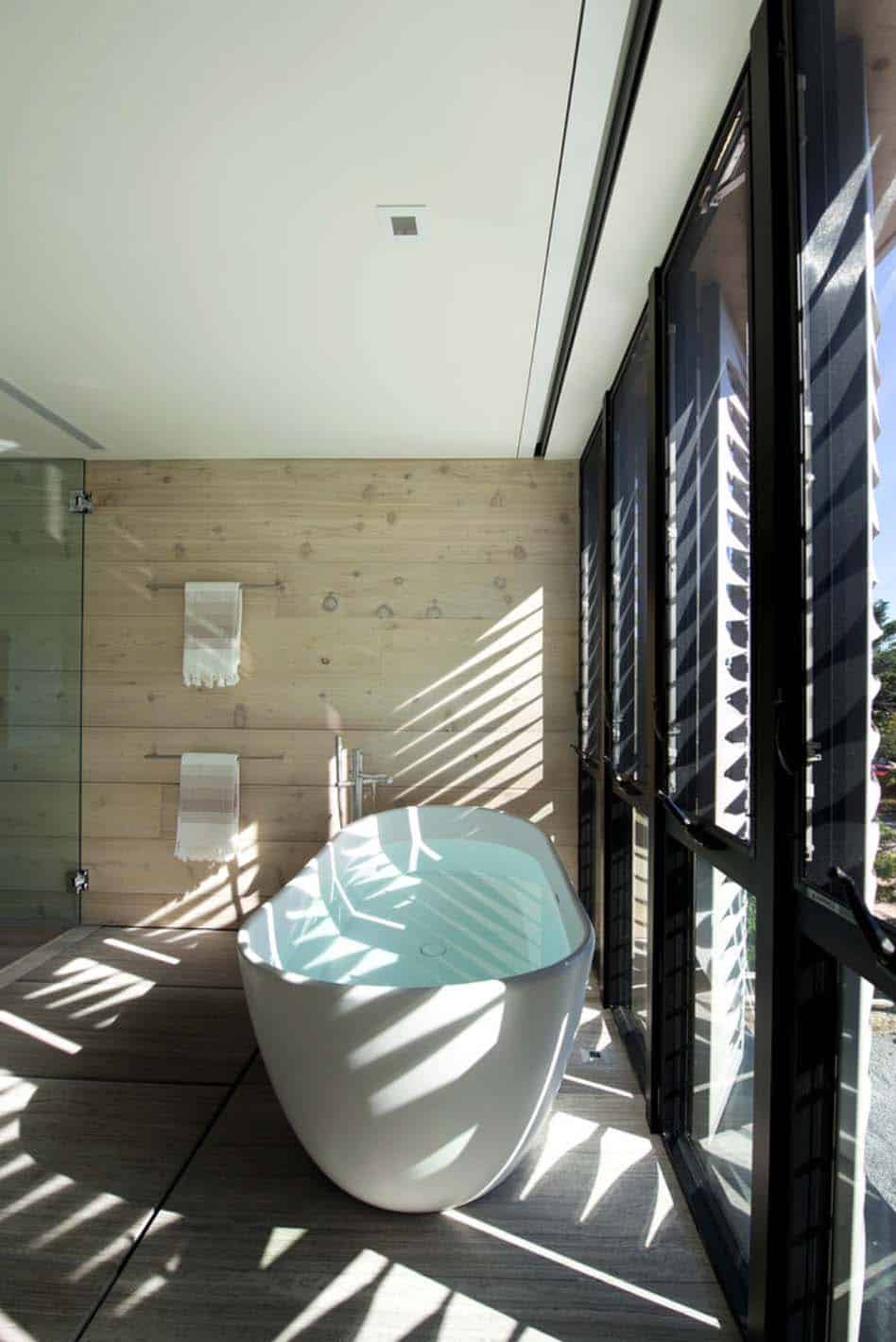
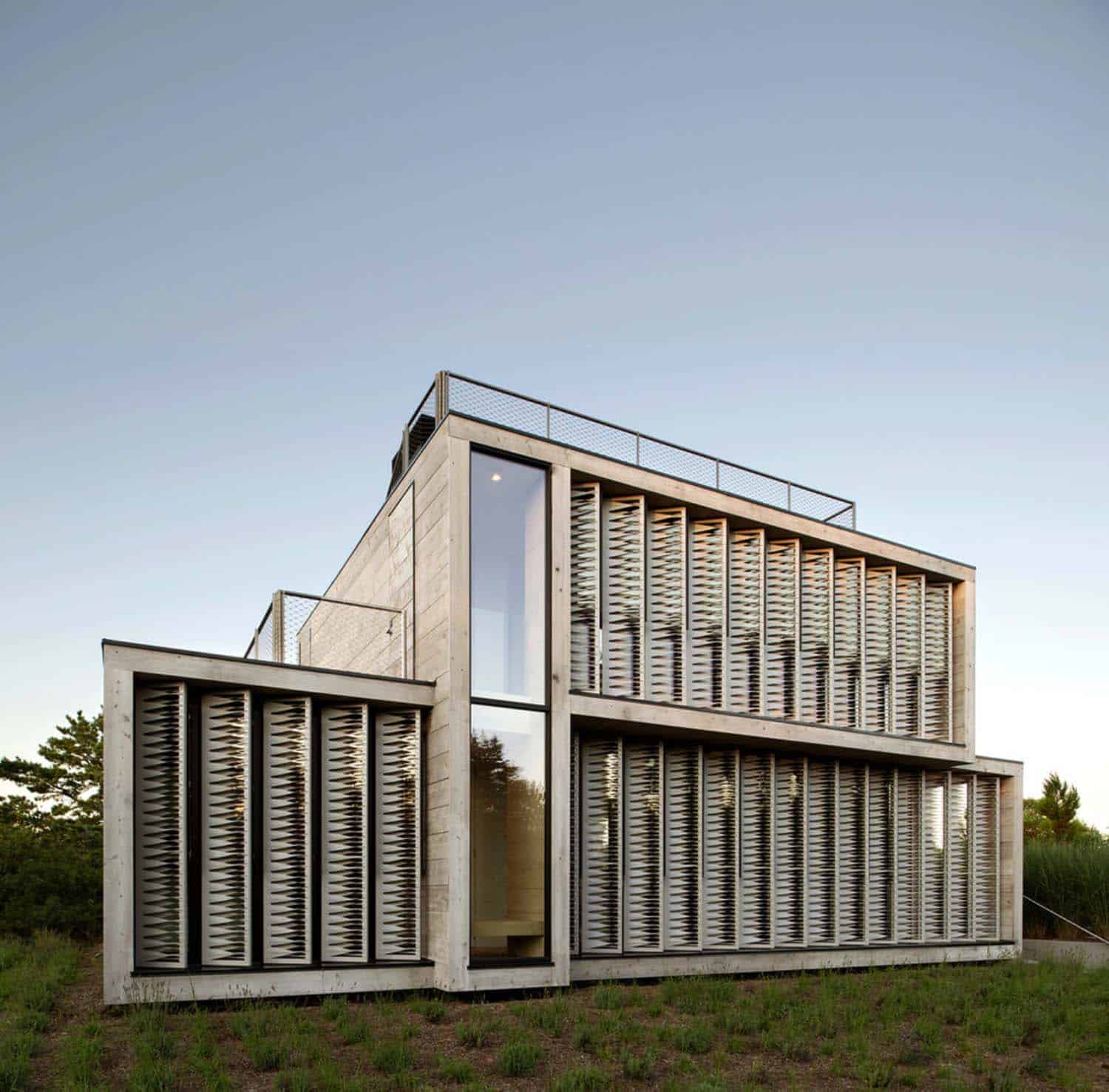
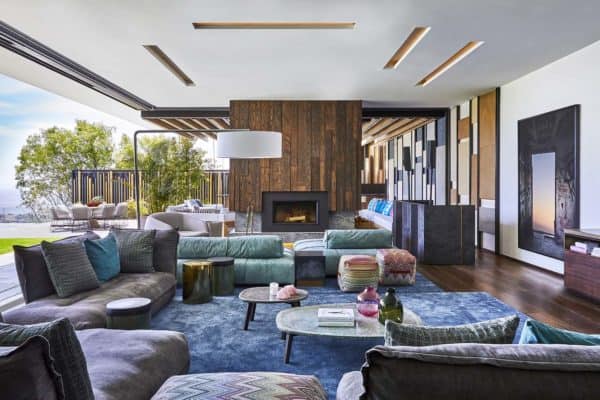
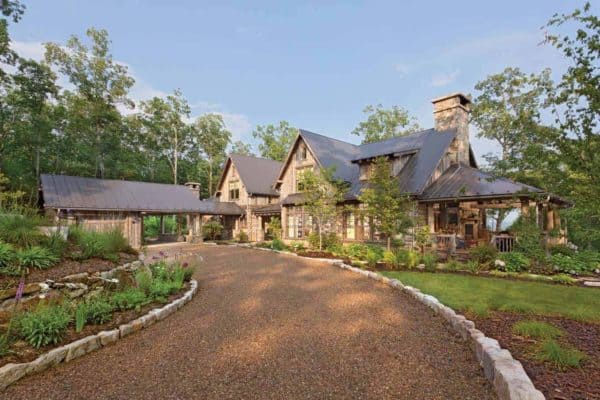
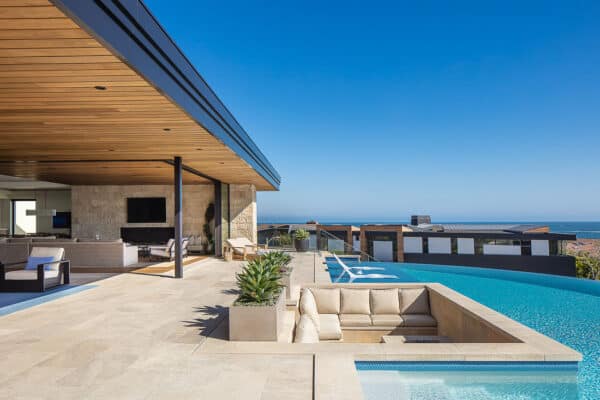
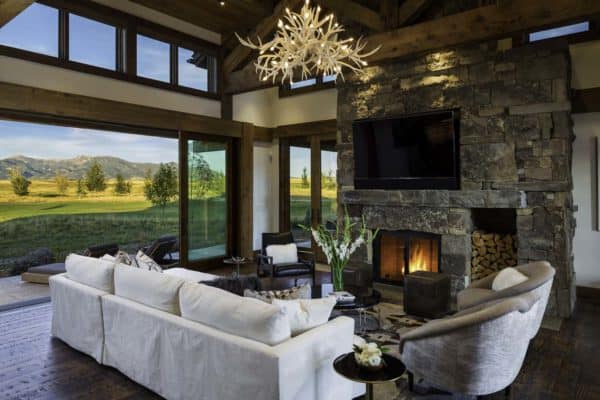
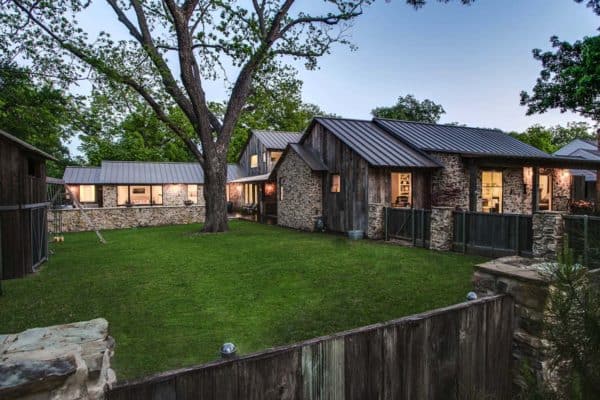

0 comments